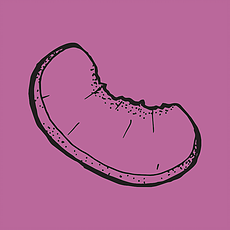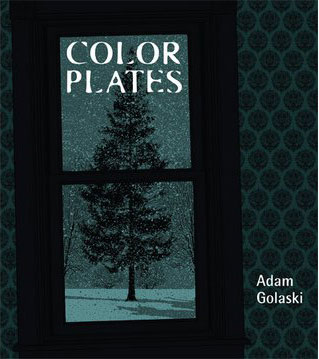Peach Picks: Literary Recommendations for the Week
 |
ON PEACH: On Friday, Peach saw the publication of two poems from local writer Hannah Nathanson. Nathanson’s poem “The Sweet Home: Stomach as Safe-Deposit Box” has a particularly effective framework, depicting the stomach as a self-aware force or enemy, inflicting its will throughout the day. “Stomach becomes a storage unit for frost bitten feet./Stomach is a cavity,/a digestive abyss humming songs about the southland on your own front steps.” Nathanson’s words have a melancholy sense of humor that makes each of her poems relatable, and ultimately, deeply affecting. Yesterday, Ash Strange’s work appeared on Peach Mag. Strange’s use of language delicately expresses the ways in which we try to push the ineffable into words. In “boy things,” Strange writes: “something warm was my/no chill heart some hills/and delicate noise/delicate nose touches mine/sweet eyes and purple syllables/wildly carressing the wind.” The poetry that Strange writes is forceful without pushing intent onto the reader making the effect of each line as mysterious as it is evocative. |
 |
IN PRINT: Color Plates Color Plates, the intriguing short story collection by Adam Golaski, directly engages with the ways in which we interact with the art and viewpoints of others. The book is divided into four sections, each section dedicated to a series of paintings by four artists: Manet, Degas, Toulouse-Lautrec, and Cassett. The final artist, Mary Cassett, acts as a guide, or collector, of all the artistic visions the reader will be escorted through. If this all sounds a little complicated and abstract, be assured the end result of reading Color Plates is something far more accessible and engaging than that. The stories Golaski weaves all have a haunted romance in their prose, there’s something tragic and a little bit off in every rumination found here. For example, a story birthed from Degas’s “The Dancing Class (1876)” concludes with “The most dangerous dream the girl ever had: she’d been dancing on air. She’d felt as if there was nothing to hold her back, that the world was vast and open. Her feet moved perfectly, as she wished they would move in class. She was full of joy. When she woke from that dream, she fell from the roof of her house.” Before each story the exact measurements of the canvas and a vague description of its tableau is given for the work of upon which it’s based, making the inspiration for every otherworldly bit of prose seem grounded and tangible. The effect of reading this collection becomes particularly compelling if one is unfamiliar with a presented painting, allowing the image to dimly take shape and then be redefined by seeking out its true visual reality online after reading the corresponding story. Color Plates is far more than its convoluted, yet ultimately captivating, framework would have you believe. It’s quite unlike anything I’ve ever read. |
“Peach Picks” is a column of literary news and recommendations written by the editors of Peach Mag, an online literary magazine based in Buffalo. For inquiries, contact the editors at peachmgzn@gmail.com.

